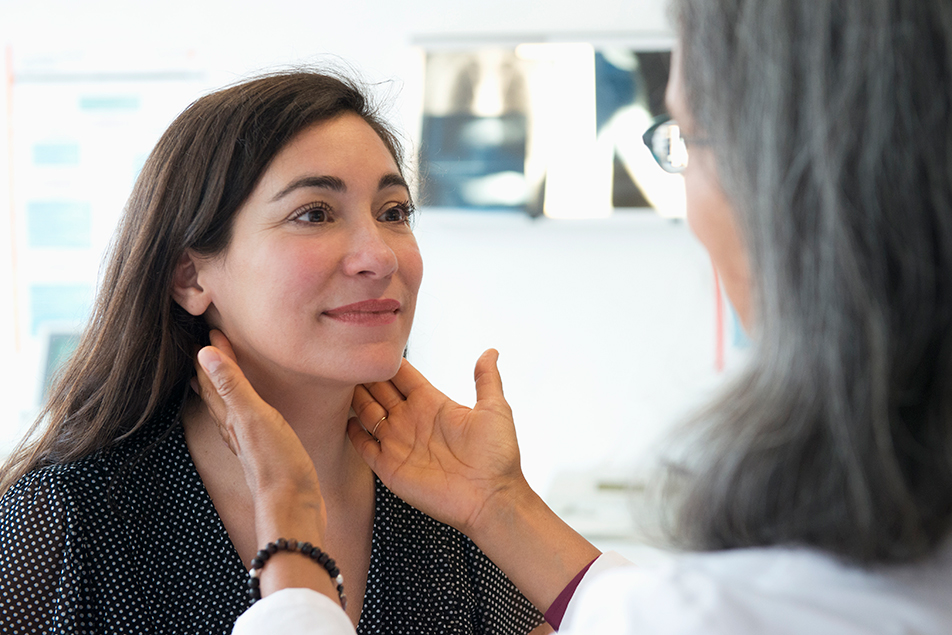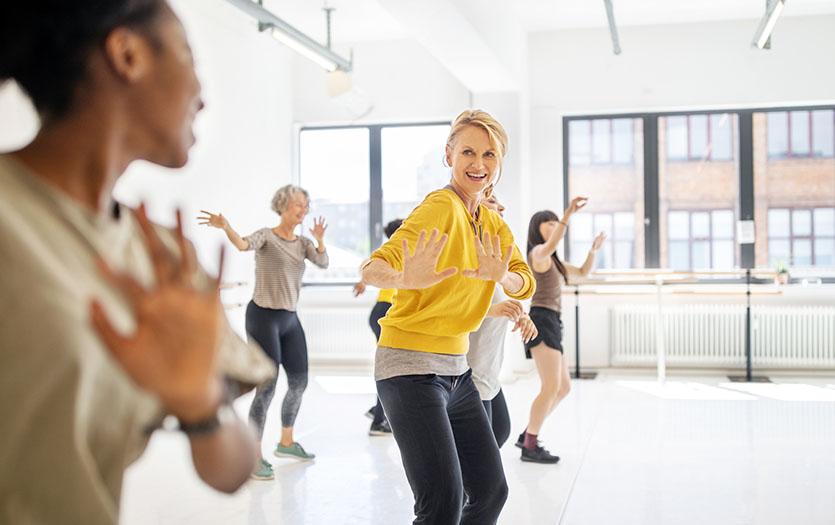
This post was written by Stephanie Falatko, DO, PPG – Neurosurgery.
Heidi is a 35-year-old wife and mother who was pulling weeds in her yard on a Sunday afternoon, when she developed a funny feeling in her face with inability to speak normally – as though someone had just given her a shot at the dentist. She rested a few minutes and resumed working. A few minutes later, the same thing recurred.
Jessica, a 55-year-old mother of two was at work. Her co-workers last saw her acting like her usual chipper self around lunch. But just two hours later, she was found on the ground, unable to speak or move the right side of her body.
Both women were brought to a nearby ER. Despite the seemingly mild changes Heidi experienced versus Jessica’s critical appearance, both underwent advanced imaging with CT scanning, which looks at the blood flow to the brain and the blood vessels.
Blood clots were found in a major brain vessel in both women.
Stroke, she is a quiet thief.
She may or may not warn you.
She steals so much of what we, particularly as women, value:
- our independence
- our roles as caregivers and providers
- our ability to innovate
- our ability to volunteer
- our ability to lead
- our role as a “do-er”
- our role as party planner, hostess, entertainer
- our title of “tickle monster”
- our title of “superhero”
Stroke is the No. 1 cause of disability in the United States and the 5th leading cause of death. As women, we have a higher lifetime risk of stroke and are more likely to die from a stroke than men.
My job is to intercept the process once it has already started.
But each one of you, in your own lives are the ones that prevent, enforce and prolong life. By your daily choices, your leadership and your lifestyle – you directly impact your risk of facing the No. 1 cause of disability.
Stroke is not a disease of the elderly. We are seeing more and more young people with stroke. This is largely due to unknown and uncontrolled risk factors.
What can we do then as women, friends, sisters, moms, and daughters?
- Arm ourselves with awareness
- How can you improve your diet, modify your cholesterol, or reduce your sodium intake?
- If you don’t know your numbers – cholesterol, blood sugar, blood pressure – find out! You can’t know what you don’t check.
- Combat the epidemic of inactivity
- How can we expect our kids to exercise if we don’t model what an “active” life looks like? Obesity is more prevalent in kids and teens today which increases their lifetime risk of stroke as they develop risk factors at a younger age (diabetes, high blood pressure, heart disease).
- If your pump is strong, your brain will be also.
- Don’t live in fear, live in knowledge
- It is NOT normal for your arm, your leg, your face to not work – even for 30 seconds.
- It is NOT normal to lose vision in one or both eyes.
- It is NOT normal for your speech to suddenly change.
- These episodes could represent a mini stroke which puts you at increased risk for a major stroke event.
- Advocate and be evaluated – We cannot help you if you stay at home, or try to sleep it off.
- The cost of delayed evaluation may mean you are no longer a candidate for treatment that could save your life or prevent/lessen long term disability.
- Know the hospitals in your area and their capabilities and treatments offered; not all centers are the same.
- In 2015 the world changed with regards to stroke care. Stroke became a surgical emergency. In 2018, we learned that we can help stroke patients with surgery for up to 24 hours since symptoms started, which was nearly 4x longer than before.
- The timeframe to act has expanded but the brain does not live longer without oxygen.
In the cases of both Heidi and Jessica, both women underwent emergency surgery which restored blood flow to the brain.
I am trying to educate the community, inspire change, and encourage informed, heath conscious choices so that lives are changed before the women in our lives are taken from us. Because together we stamp out stroke!



